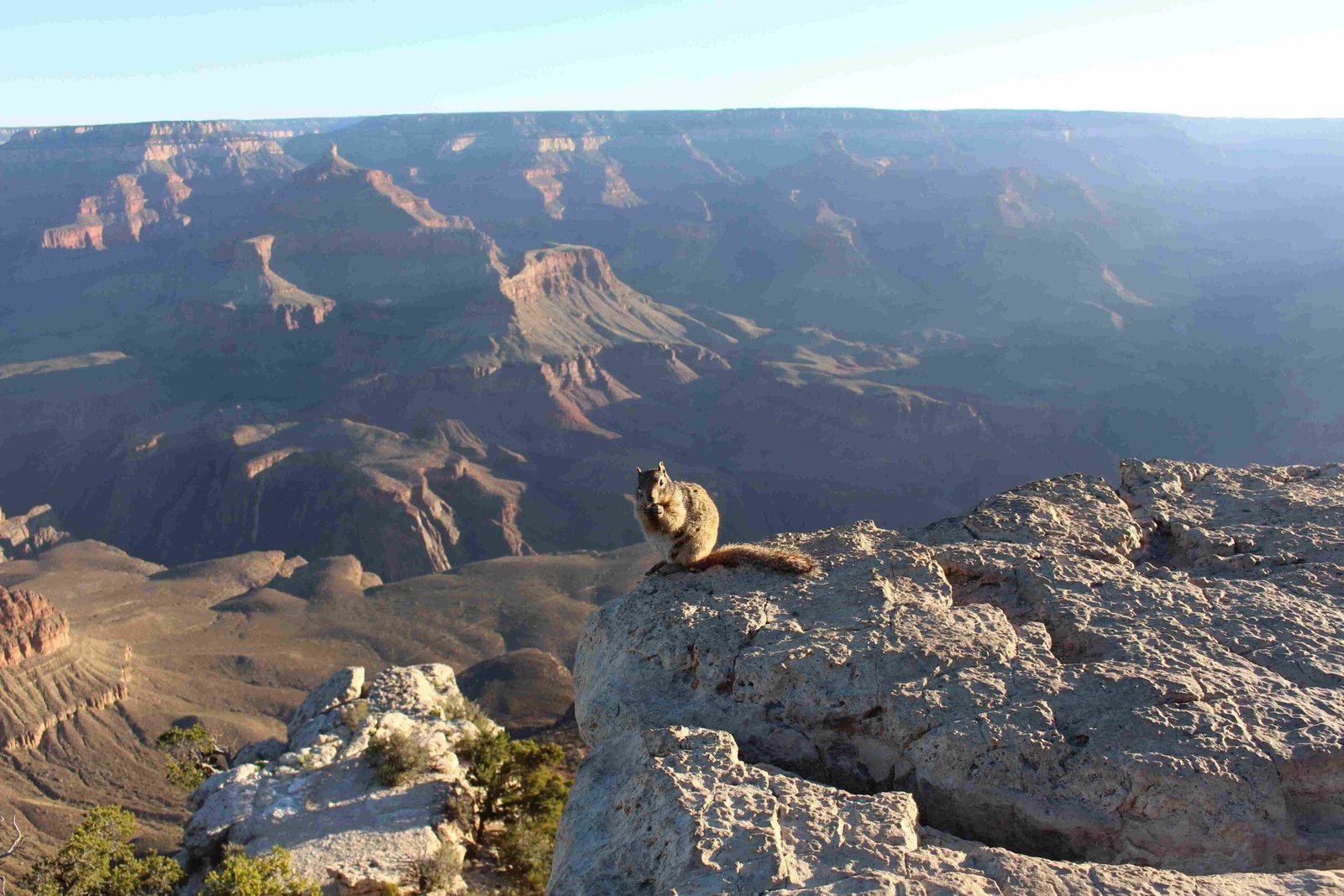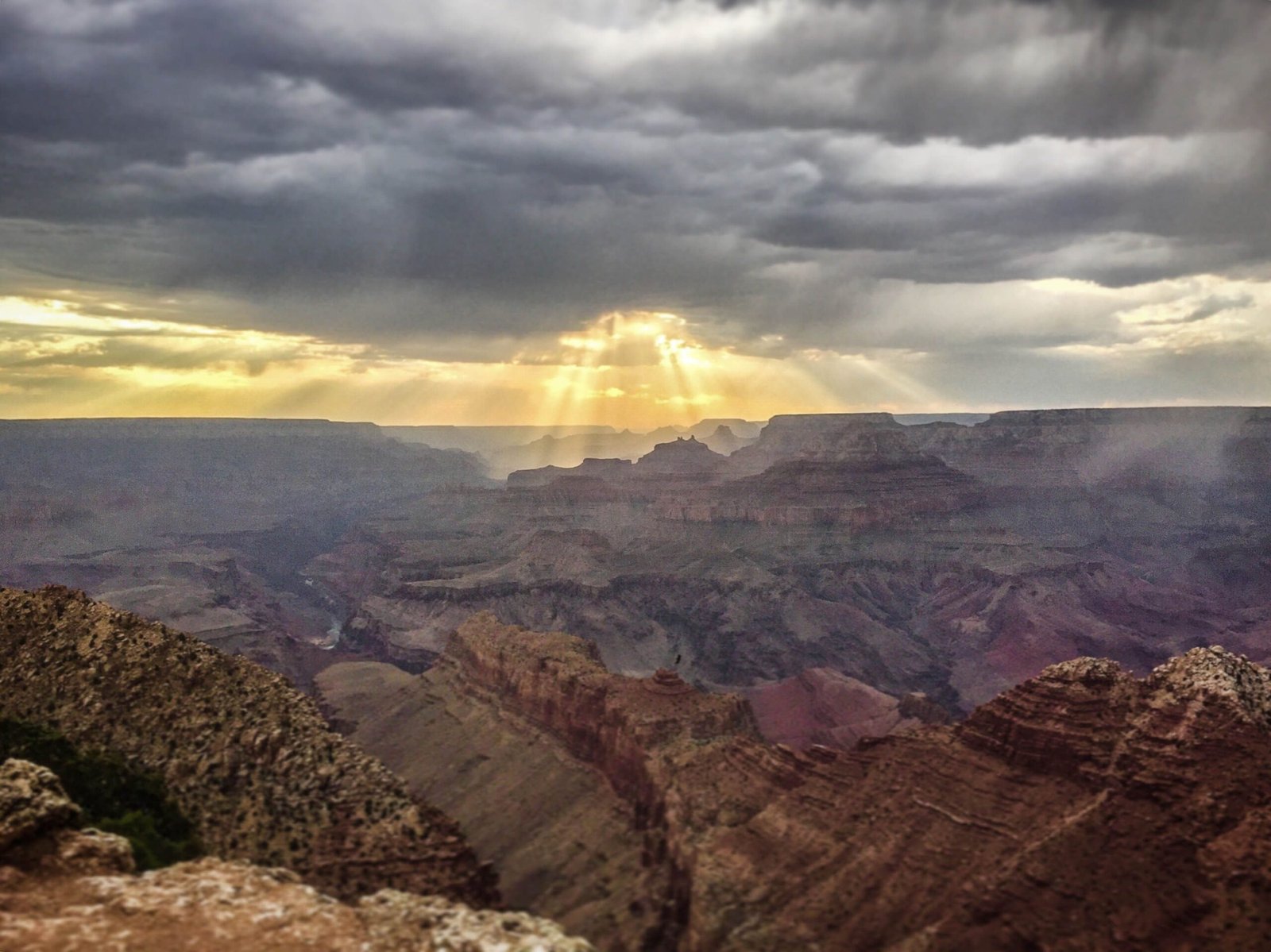The Angel Head Trail in Grand Canyon National Park offers hikers an extraordinary journey through one of the world’s most spectacular geological landscapes. Stretching approximately 8 miles with a dramatic elevation change of 4,380 feet, this trail provides adventurers with an immersive experience of the canyon’s diverse ecosystems, stunning rock formations, and challenging terrain that demands physical endurance and careful preparation.
What Makes Angel Head Trail Unique?

The Angel Head Trail, more commonly known as the Bright Angel Trail, represents a premier hiking route in the Grand Canyon that attracts thousands of outdoor enthusiasts annually. Its significance lies not just in the physical challenge but in the extraordinary geological and natural history it reveals.
What Are the Trail’s Key Characteristics?
| Characteristic | Details |
|---|---|
| Total Length | 8 miles to Colorado River |
| Elevation Change | 4,380 feet |
| Difficulty Level | Strenuous |
| Starting Elevation | 6,860 feet |
| Ending Elevation | 2,480 feet |
How Challenging Is the Trail?
The Angel Head Trail presents multiple challenges for hikers:
- Steep Terrain: Numerous switchbacks and significant elevation changes
- Weather Extremes: Temperatures ranging from freezing to over 100°F
- Physical Demands: Requires excellent cardiovascular fitness and hiking experience
- Technical Sections: Includes narrow paths and potential rock scrambling
What Should Hikers Prepare?
Essential preparation includes:
- Physical Conditioning
- Cardiovascular training
- Strength exercises focusing on legs and core
-
Practice hikes with similar elevation changes
-
Equipment Checklist
- High-quality hiking boots
- Layered clothing
- Minimum 3 liters of water
- Electrolyte supplements
- Sun protection
- First aid kit
- Emergency communication device
What Are the Trail’s Geological Highlights?
The Angel Head Trail traverses multiple geological formations, offering a stunning cross-section of Earth’s history. Hikers will encounter:
- Vishnu Schist: Ancient metamorphic rock nearly 1.7 billion years old
- Zoroaster Granite: Intrusive igneous formations
- Limestone layers representing ancient marine environments
- Colorful sedimentary rock sequences showcasing millions of years of geological processes
When Is the Best Time to Hike?
| Season | Recommended? | Conditions |
|---|---|---|
| Spring | Highly Recommended | Mild temperatures, moderate crowds |
| Fall | Excellent | Cool weather, minimal precipitation |
| Summer | Caution | Extreme heat, high risk of dehydration |
| Winter | Limited | Potential ice, snow, challenging conditions |
What Safety Precautions Are Critical?
- Always check weather forecasts
- Inform park rangers of your hiking plans
- Carry emergency communication devices
- Pack sufficient water and electrolytes
- Start early to avoid midday heat
- Know your physical limits
How Can Hikers Minimize Environmental Impact?
- Stay on designated trails
- Pack out all trash
- Respect wildlife habitats
- Use established resthouses
- Follow Leave No Trace principles
Conclusion

The Angel Head Trail offers an unparalleled hiking experience that combines physical challenge, geological wonder, and breathtaking natural beauty. Proper preparation, respect for the environment, and personal fitness are key to a successful and memorable journey.

